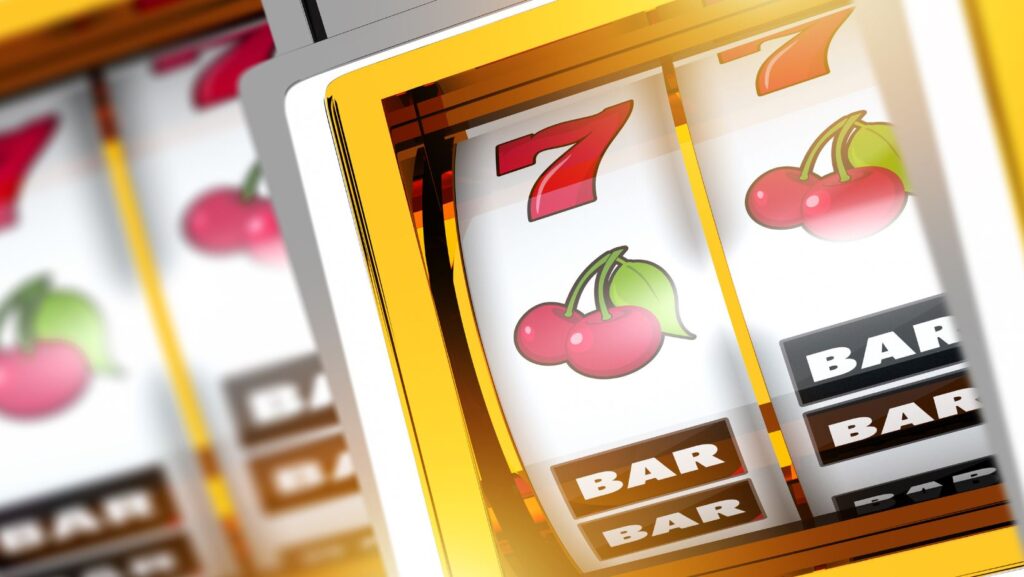Self-exclusion programs are an important tool for problem gamblers to take control of their gambling addiction. By voluntarily signing up for self-exclusion, a gambler asks casinos and gambling sites to enforce a ban that prevents them from gambling.
Understanding Self-Exclusion Programs Self-exclusion programs have existed in land-based casinos since the 1990s. They allow problem gamblers to add themselves to exclusion lists. Once on these lists, casinos must deny them access and service. Self-exclusion aims to help addicted gamblers by revoking easy access to gambling venues.
How Self-Exclusion Programs Work
When a problem gambler signs up for self-exclusion, they agree to be banned from casinos and gambling websites, like Lucky Dreams casino, for a set period of time – usually between 6 months and 5 years. They provide photo identification and agree to penalties if caught violating the ban. Self-exclusion forms require detailed personal information so venues can reliably identify banned gamblers.
Once the ban takes effect, the gambler cannot enter the casino premises or access gambling accounts. If caught breaching the agreement, the gambler may face arrest for trespassing or account suspension. Self-exclusion programs provide problem gamblers with a way to commit to avoiding tempting environments.
Self-Exclusion Effectiveness
Research shows that voluntary self-exclusion programs can be an effective harm minimization approach for some problem gamblers. Studies have found that up to 75% of participants report reduced gambling after enrollment.
However, self-exclusion has limitations. It relies on self-motivation and honesty from gamblers. There are also inconsistencies in how venues enforce bans. The following table outlines factors impacting the success of self-exclusion programs:
| Factor | Description | Effect on Self-Exclusion |
| Self-deception | Gamblers may underestimate their addiction | Reduces likelihood of signing up voluntarily |
| Dishonest applications | Some gamblers provide fake ID to bypass bans | Enables breaching of self-exclusion |
| Venue enforcement | Success relies on staff identifying excluded gamblers | Weak enforcement reduces effectiveness |
Researchers recommend improving staff training and using technology like facial recognition to strengthen enforcement. Integrating land-based and online self-exclusion systems could also help cover loopholes.
Seeking Treatment with Self-Exclusion
While self-exclusion can support reducing or quitting gambling, additional treatment is often needed to address addiction root causes. Counseling helps build skills to avoid relapse when self-exclusion periods end.

Self-exclusion works best alongside:
Financial Counseling
Budgeting assistance can help recover from gambling losses and debt.
Addiction Therapy
Cognitive behavioral therapy helps modify unhealthy thought patterns driving compulsive gambling.
Medication
Anti-addiction medications help control gambling urges and may be prescribed alongside counseling.
Gamblers can access treatment resources by asking self-exclusion program administrators for referrals. Many states also operate gambling helplines.
Making Self-Exclusion Work
Self-exclusion programs offer the over 1% of adults battling gambling addiction a way to control harmful behaviors. While limitations exist, self-exclusion remains an invaluable tool for regaining control. Combining casino bans with counseling and medication can help interrupt gambling habits.

If gambling addiction has taken over your life, reach out to local casinos, gambling sites, and treatment centers. By utilizing available resources, a life without destructive gambling is possible. The first step is committing to self-exclusion enrollment.
Choosing a Self-Exclusion Period
When enrolling in self-exclusion, gamblers must commit to avoiding gambling for a set period of time. Typical options range from 6 months to 5 years. Those new to self-exclusion may benefit from starting with a shorter 6 month or 1 year ban to assess its effectiveness.
Longer 3-5 year self-exclusion periods are best suited to gamblers with severe addictions. Research shows the risk of relapse increases significantly after 1 year of self-exclusion. Multi-year bans help prevent this by maintaining barriers to gambling access.
No matter the initial period, self-exclusion programs allow gamblers to extend their bans if they feel more time is needed to establish new non-gambling habits. The key is finding a duration that provides adequate separation from tempting environments to make counseling and treatment most effective. Consultation with gambling addiction experts can help determine an appropriate self-exclusion period.
